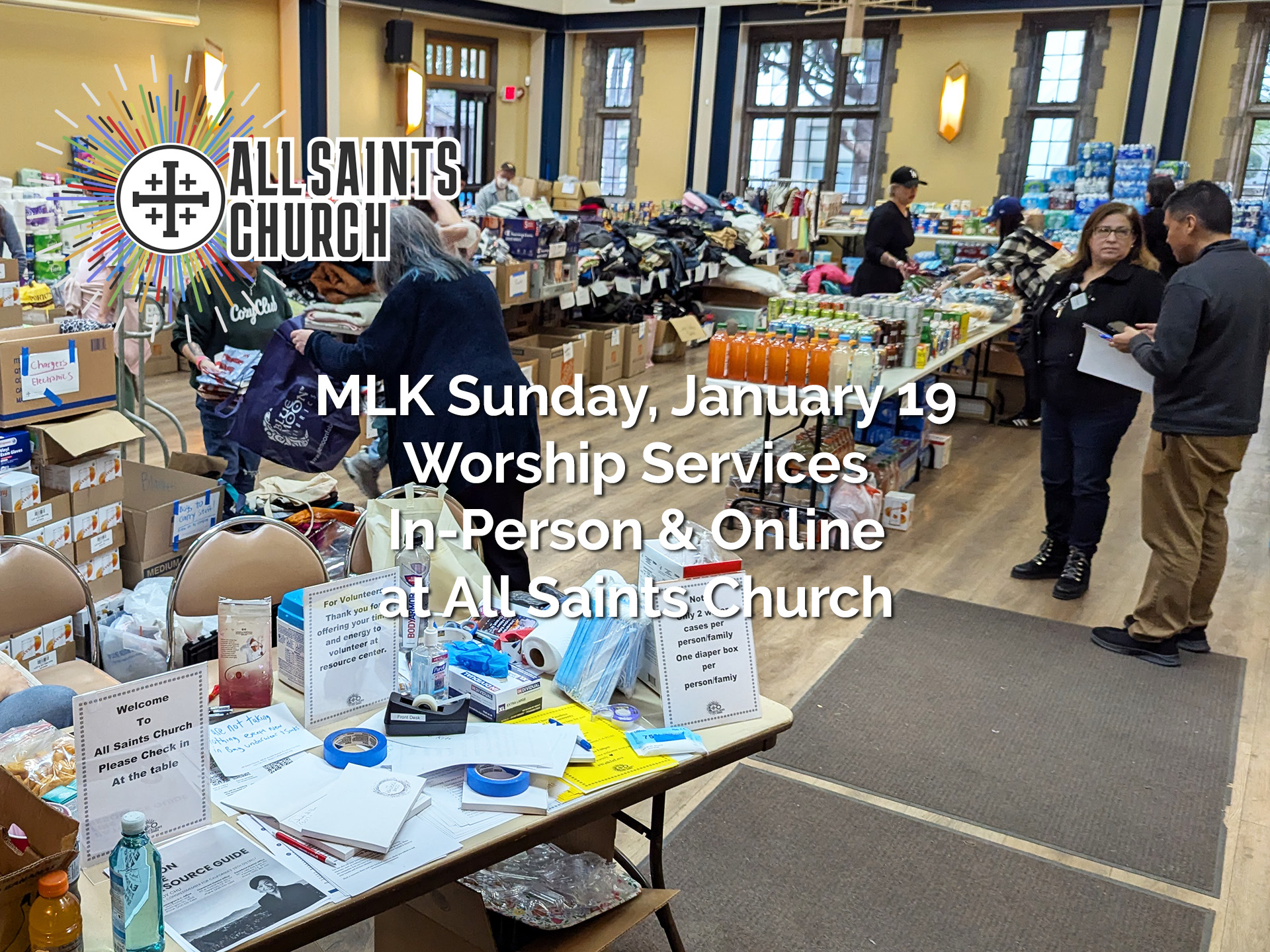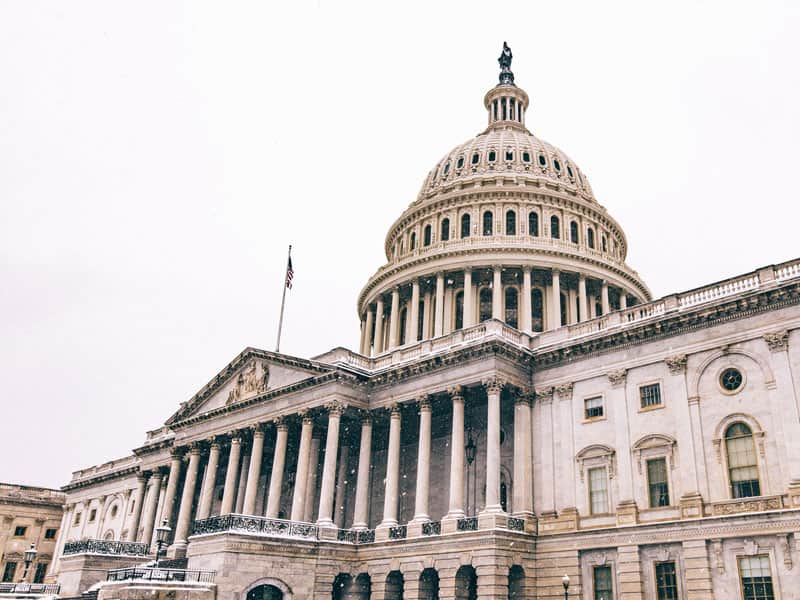The Safe Haven Bridge to Housing model was developed in mid-May in collaboration with our partners at Union Station to address a severe shortage in shelter capacity and day centers, and the closing of City Hall, during the pandemic. The program follows the “housing first model” which is by far the most successful intervention nationwide for ameliorating the condition of homelessness. And from its inception the program aimed to reduce the numbers of those experiencing homelessness on the All Saints campus.
Recognizing that having a safe place to sleep and keep some essential belongings without worry can be a first step in recovery from homelessness, our goal is to provide safe sleeping space for up to twelve individuals, with lockers for storage of a limited number of personal items during the day.
The program will be limited to up to twelve people who will be followed by a Union Station or LAHSA caseworker. Each person will be registered and agree to campus and community rules that allow their participation. Violation of these rules will constitute grounds for dismissal from the program, at which point Union Station will work to find other placement if possible. These individuals will be allowed to sleep in designated spaces only, from 10:00 p.m. to 7:00 a.m., at which point all belongings except a backpack will stored in a locker.
Lockers also have a practical benefit for us as we move towards a multi-use campus again. With locker storage, the campus will be free of personal belongings from 7:00 a.m. until 10:00 p.m., actualizing a clean and neat campus. They also enable us to identify and remove anything on campus that does not belong to Safe Haven participants.
When implemented, the Safe Haven program will result in a return to our pre-COVID situation of an open campus where individuals sleep on campus at night, but with all the added support and expertise of Union Station to move these participants to permanent housing.
All of this is a work in progress — illustrated by this set of goals we’ve set during this transition period toward establishment of the program:
- To stop occupancy of the north parking lot and main campus; to reduce the overall numbers of people on our property; and to reduce incidents of vandalism and damage by temporary use of 24 hour security.
This has been largely accomplished, with a reduction to roughly 1/3 the number of people on campus as night, and the reduction of vandalism and damage to campus. The unhoused community is participating in clean-up and keeping unwanted individuals off campus. We have reduced security presence to pre-COVID levels. - To secure funding for lockers.
This has been accomplished by a generous grant from Pasadena Community Foundation. - To purchase lockers with input from Union Station and B & G Committee
In progress - To reduce the number of personal items on campus, including bikes
We see the lockers as a key aspect to accomplishing this goal.
- To establish routine wearing of masks on campus.
The outdoor community wears masks when staff or Safe Haven Committee members are present. It has not been established as an ongoing practice without this presence.
- To establish a Safe Haven Bridge to Housing committee and leadership team
This has been accomplished with a committee that includes Shawn Morrisey and Emily Aguirre from Union Station. - Under the direction of and in collaboration with Union Station to:
• facilitate caseworkers’ connection to the unhoused community
We have established or verified caseworker connection with 13 individuals. Emily Aguirre is present with a team every Thursday morning to assess those on campus.
• implement Covid testing
Initiated and ongoing. In addition, Union Station is available to come to campus to assist, if someone appears to have symptoms. To date, no one has tested positive.
• establish protocols for various aspects of program
Progressing with the guidance of Union Station. - To establish a weekly community meeting and build relationships with the unhoused community, which Union Station says is not only central to the success of the Safe Haven program, but also managing certain practical aspects of an open campus.
A weekly meeting has been established that allows for bi-directional communication from staff/committee members and those on campus, and problem solving. - To work with the city and police department to introduce the program and build productive collaboration, including persistent insistence on the city’s responsibilities for people experiencing homelessness in our community.
An ongoing goal with the rector taking the lead. - To be available and responsive to any of our neighbors concerns or questions.
Mike Kinman and Sally Howard are sharing responsibility for responding to phone calls and emails. - To select up to 12 safe haven participants
List on track to be finalized in early September.



